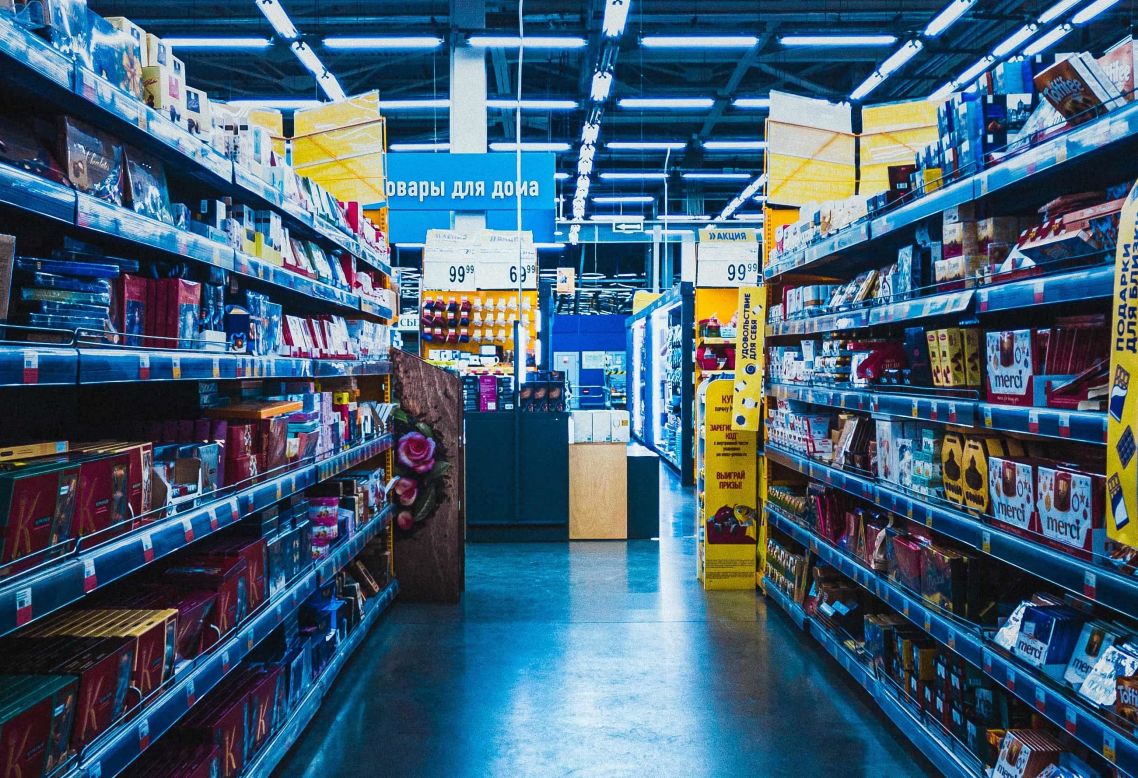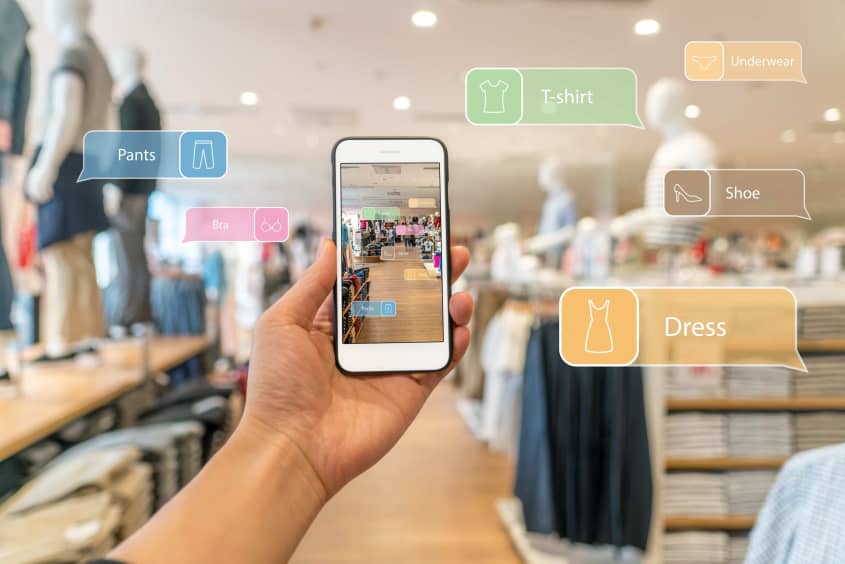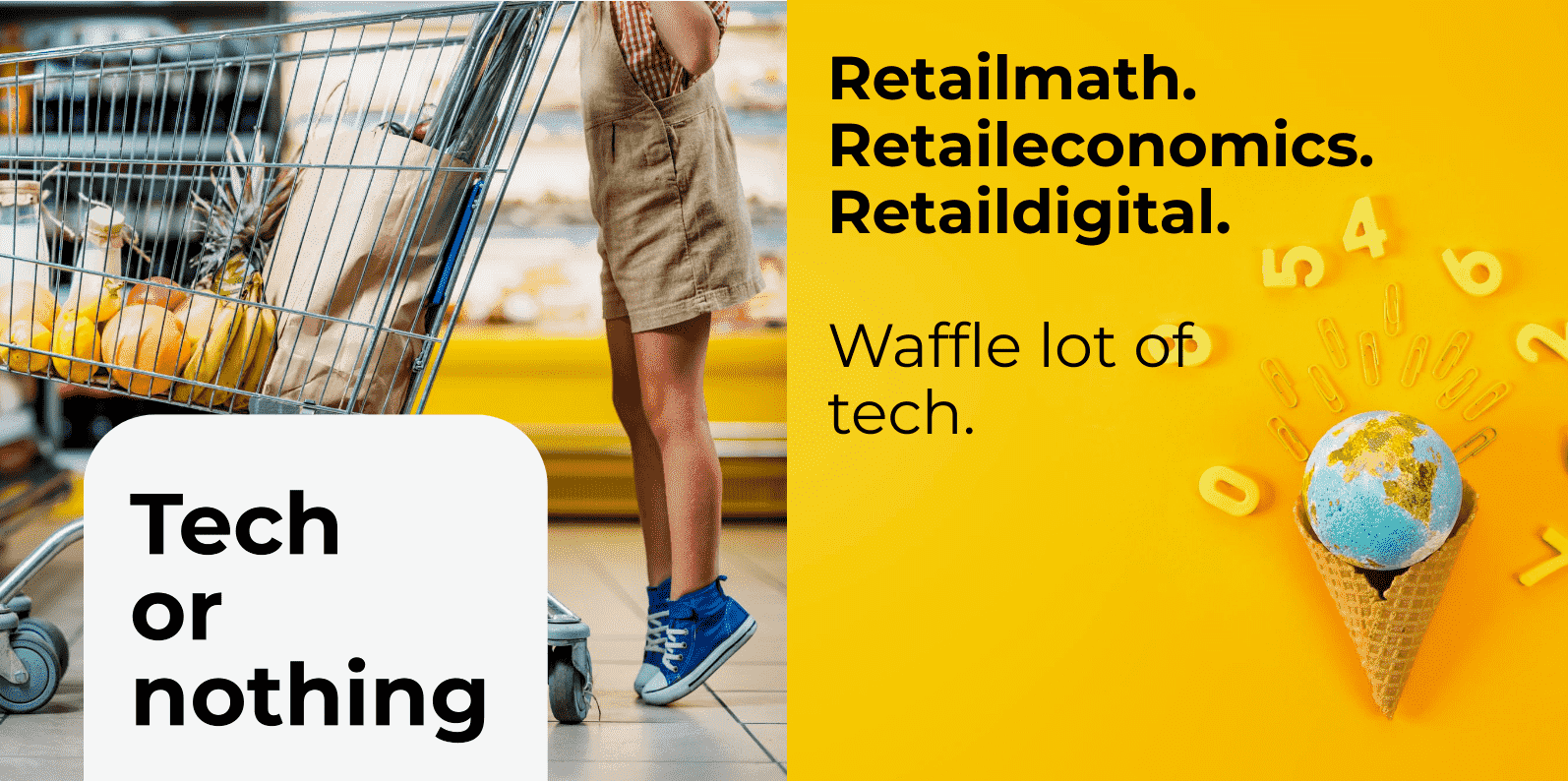According to a Zendesk survey, over 37% of buyers want to contact the same customer service representative on every channel, and 64% of customers expect real-time assistance on every platform they use. Reports show that with a strong omnichannel retail strategy, companies can retain 89% of their customers on average and see a revenue growth of 9.5% Y-oY.
With a strong omnichannel retail strategy, companies can retain 89% of their customers on average and see a revenue growth of 9.5% Y-o-Y
So, what exactly is Omnichannel retail?
Omnichannel retail is a cross-channel approach to sales. The focus is to provide a seamless shopping experience across all channels. Today customers are shopping online, on a mobile device, via laptop and of-course in a physical store too. Every day new brands & new products are pumped in the market. It’s really challenging to stay relevant to customers, survive and grow sustainably. There is a saying, no one really remembers the words you speak, people only remember how you make them feel. In retail, it translates to the customer shopping experience. Price and Product matters, but what customers really remember is the convenience and their experience with the brand. To stand-out in this cut-throat competition and deliver an addictive experience to your customers, you need to go omnichannel. You as a retailer need to empower your customers and enable them to access your services and products anywhere, anytime.

Organizations with strong omnichannel customer engagement see a 7.5% decrease in cost per contact every year. By availing a seamless and consistent omnichannel brand experience you can strengthen your position in the market, lower customer attrition rate and sustainably grow your business. The easier it is for shoppers to use multiple channels per their specific needs, the more likely they will come back to you again.
Why must organizations adopt an Omnichannel retail strategy?
We can say that the retail landscape is more competitive than ever. But one thing that remains; the constant focus on improving customer experience. Millennials are tech-savvy and gen-z are born techie. They are very selective and use a mix of channels like chat, messaging, call, online, or in-store shopping to purchase an item. Not being able to reach customers on any of these channels negatively affect the customer experience.
Next, we will be discussing the essential technologies enabling retailers to innovate and execute their omnichannel retail strategy the right way. We would also see how some of the big retailers are already exploiting the perks of omnichannel approach.
How IOT-Connected Devices are Empowering Omnichannel Shopping

IoT connected devices are elevating the way retail organizations interact with customers. IoT (Internet of Things) sensors allows retail business owners to connect with their customers in real time and serve them with personalized offers, products, services and overall experience. The key is to empathize with the customer. Organizations can use the sensor generated data to learn more about their customers preferences, behaviour and shopping patterns and accordingly customize or enhance their offerings to suit the customer needs without puncturing the business wheels or damaging the profit engines.
Benefits of IoT-connected devices for retail businesses with omnichannel retail strategy:
- Enhance product visibility through personalized push notifications,
- Access your store’s data from anywhere by leveraging smart-shelves and computer vision algorithms
- Help retailers track the shipment in real-time, keep the data accessible to customers and ensure on-time delivery.
- Automate inventory management
Read this detailed insight on Edge Computing Use Cases
In-store navigation features are another example where IOT-connected smart devices can contribute to delivering a unique omnichannel experience. Retailers can install store fixtures like LED lights with built-in Bluetooth beacons. Your customer can use the application, and it will locate users inside the store. The app then takes advantage of beacons and guides the user to their desired locations by pulling the data from the users’ shopping lists on their smartphone.
Amazon Go is another example of how a smart store looks like when it uses connected devices. They do not have cashiers, and customers do not need to stand in a queue for checkout. Their smart gate triggers an automatic payment from customers’ credit cards stored on the shopping app.
Use of Augmented Reality to Unite Physical and Digital Shopping
Some shoppers shy away from online shopping due to the lack of product trials. AR applications bridge the gap between online and offline shopping by creating an authentic Omnichannel experience. PhyDigital is the rising trend.
Right AR solutions can give customers a real feel and experience of a virtual product. If implemented and executed successfully, it translates into triggering positive intent, and positive word-of-mouth intentions. In the covid-hit economy, customers refrain from buying/trying products publicly available as someone else too may have tried it and they want to avoid any possibility of infection. AR is helping companies in overcoming these hurdles. Another excellent example of using AR is in upselling. Currently, we see recommended products like Tees, when we purchase sunglasses online. In the same way, retailers can use Augmented reality to help people imagine how perfectly sunglasses go with a cap and parallely boost their upselling strategies.

One of the most famous retail businesses using AR to enhance their Omnichannel experience is Lenskart – the fastest growing eye wear business in India. LensKart uses AR-applications to let purchasers try their frames virtually and see how they look from all sides with the head’s movement.
Using AI to Maximize Efficiency in Omnichannel Order Fulfilment and inventory management:
There is a right price at which everything sells. Businesses have adopted competitive pricing strategy to aggressively dominate the competitors. And in the last five years we have seen an increasing proliferation of AI-powered smart pricing algorithms that tracks competitor prices, economy, sales numbers, product stock and several other data-led factors to intelligently price products in real-time. Using AI to manage & automate your pricing strtaegy will help you sell products at the right price. Humans have much higher capability then machines but we can’t say the same about efficiency. Your sales team need AI augmentation to compete with other market players.
Read this detailed insight on Gatsby Static Site Generator – Build Blazing Fast Websites
If you want to deliver a professional Omnichannel experience, then it is essential to move inventory by minimizing the carrying costs and restricting the use of promotions only when needed. Ecommerce businesses leveraging artificial intelligence can simulate fulfillment scenarios by reducing the cost of shipping and logistics.
Take the example of Lamoda, an ecommerce platform based in Russia. They separated their website visitors into 160 segments depending on the location. Next, they changed the products on banner ads based on the location; summer collections will be reflected in the banners ads to the customers based on locations that have to experience maximum temperature.
Using blockchain to achieve omnichannel supply chain goals
A report found that 78% of the retailers will join the blockchain revolution by 2023. Using blockchain technology, both customers and retailers can have real-time data about order processing status, order location, delivery status, and much more. Since Blockchain is based on a digital ledger, this information or temporal pattern of the information can’t be altered. It ensures that all the stakeholders and employees in the supply chain have a unified view of product’s information flow in the supply chain from manufacturing to store.
Another example of how Blockchain facilitates the sourcing of products is Moyee- a coffee roastery brand based in Ethiopia. The brand uses blockchain technology to track farmer’s compensation to keep maximum profit in Ethiopia. Each farmer is given a unique digital identity to keep track of sourcing. This process gives each buyer access to the price at which beans are sourced from the farmers. Since each node of Blockchain stores a record of data, a luxury brand uses Blockchain to track luxury goods and prove its authenticity to the buyers.
Location and voice technology shaping the future of retail:
Voice-enabled retail will help you improve brand consistency. Stores can use voice agents with experts in their domains on all products to answer customer’s questions. It will eliminate the problem of insufficient in-store representative counts to cater to sudden spike in footfalls. Retailers can use voice assistants to deliver quality service to customers regardless of the channel your customers choose to engage.
Retail stores with voice agents will provide instant answers to customer queries using smart speakers and customer relations kiosks. Using voice assistants will eliminate the need to have labor-intensive call centers and long call queues. Thus, cutting costs but elevating service quality and boosting profit revenue.
Take the example of takeaway orders. Using Micro-location technology, you will send customers a push notification to inform them when their order is ready. This location technology also alerts the store when the customer is within proximity. Enabling voice-tech will help you become fast and provide a hassle-free shopping experience to the customers, helping them avoid the long queue.
Read this detailed insight on Retail Digital Transformation
iBeacon to improve the in-store digital experience
Shoppers of every generation enjoy personalized experiences and offers. Modern generations are glued to their phones, and 79% of users agree that they have found new brands, products, or services on smartphones. Beacons are Bluetooth devices that can communicate with the smartphone. Beacons can help you reach the customer in close vicinity to your store if they have Bluetooth enabled on their device and if your retail app is installed on it. You can send personalized messages to near-by customers and attract them to visit your store by sending lucrative offers.
Use of Beacons in Omnichannel:
- Connect with the shoppers to deliver a better in-store shopping experience
- Deliver personalization by pushing a notification to the customers based on their shopping history
- Connect with your loyal customers and send discounts and coupons on customer’s mobile
An Italian Alcohol brand has developed a smart cube to manage crowds in their bar. The smart cube uses beacon technology to send a Bluetooth message when the visitor’s glass is about to empty. The smart cube also gives the bartender the visitors’ exact location so that they can enjoy their drinks without having to leave their seats.
Conclusion:
With the rise of new technologies, the concept of shopping has evolved a lot. Retailers must use cutting edge technology to achieve an effective Omnichannel strategy and blur the boundary between offline and online shopping for shoppers. Reach out to us for designing, development and deployment of the right omnichannel retail strategy
A big shout-out to Priti Srivastava for keying this insight.
Codewave is a design thinking led digital transformation company enabling organisations with playful innovation using AI & ML, IoT & Edge, AR, VR, Cloud, Blockchain, and Data.







